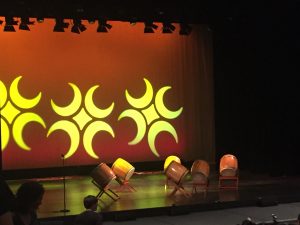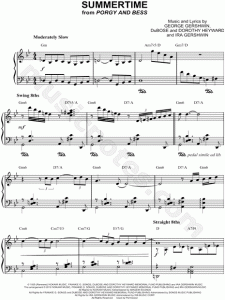After hearing two known pieces, Become Ocean and Inuksuit, I immediately took an interest to John Luther Adams, not just as a composer but as an artist. The way he views music as just something more beyond then a few melodic instruments put together is what I feel is missed in today’s music.
I was happy to see a numerous amount of music he’s made and each was more unique than the other. Since the class heard his most recent piece, Become Ocean, I decided to listen to older pieces, first one being Songbirdsong. Ironically, there’s no “bird” sounds but mimics of bird’s whistling from high pitched instruments like the flute, wind chimes and a vibraphone. Having just 9 movements that last about 40 minutes, Adams creates this atmosphere where I feel like I am surrounded by birds. “There isn’t a clear narrative to the piece, but there are scenes that sound somehow familiar: a nocturnal episode in which the sharp, bright birdcalls mellow into owl hoots; a terrifying scherzo that could be a storm or a hunt; a shimmering finale sunrise (or sunset).”
While looking for more of Adams’ music, I just found out that he released a new album about 2 weeks ago called Canticles of Holy Wind. Of course with an album title like that, it came as no shock that some songs were related to wind and its sounds, whether on its own or bushing on nature such as trees. I listen to bit of all 14 songs from the album and found out that they pertain to wind, birds, and sky. The winds are actually vocalist singing. “Slow-moving, sustained chords typically painted the sky movements. These usually had no discernible pulse, only a gathering density, followed by a gentle dimming of the sound. Wind movements were animated by eddies of rippling arpeggios enveloped in placid streams of fused voices.”
He’s very philosophical when it comes to art music or the way he describes it is intriguing. For instance, in interviews he would quote questions like was it something that created the artist or the artist created something.
Art is a journey that is completely experienced differently by everyone because of the discoveries founded everyday. The environment is Mother Nature’s “art” to the world, at least to me, because of the infinite amount of things seen and unseen. Same thing with music, Adams took the sounds of nature that happens like a normal routine everyday but turned it into something more. I wouldn’t know if I can pull of composing pieces like Adam did, but visually I can see what he’s hearing, if that make sense? To me I would put his music on paper, sometimes people can understand what they hear while others need a visual presentation.
Anyway, John Luther Adams is a unique and original thinker that you don’t know about quite often. I looked forward into hearing more of his music from his new album along with anymore pieces and compositions he plans to make over the years.
References



